My Desert Oasis
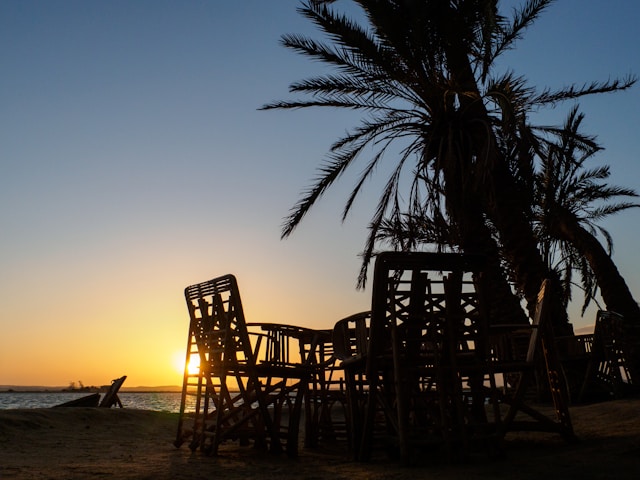
Living in the Sonoran Desert, I realize the importance of water. Many animals have adapted to getting the water they need from their food. However, an article suggested setting up a bird bath for the local avians. It suggested a shallow dish with a few rocks to show the birds how deep the water is. […]
Prey of the Hawk!
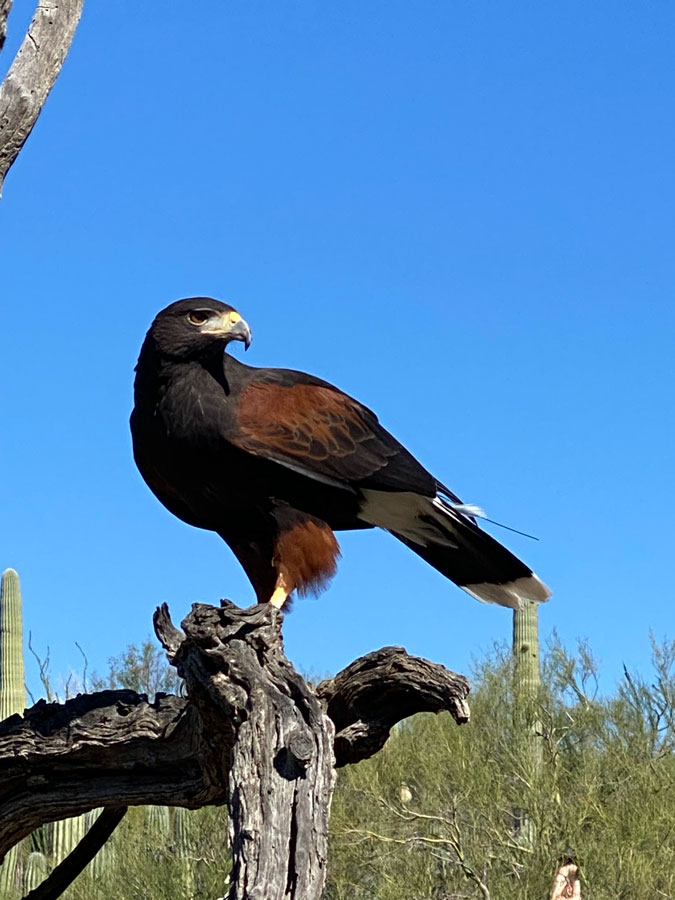
They hunt as a pack, led by the dominant female. Working together, they can subdue larger prey than an individual can, providing a feast for the entire family. However, pack isn’t the term used for a group of birds. But the flock doesn’t seem strong enough. All About Harris’s Hawks These effective hunters are Harris’s […]
Writer’s Block? Nevermore!
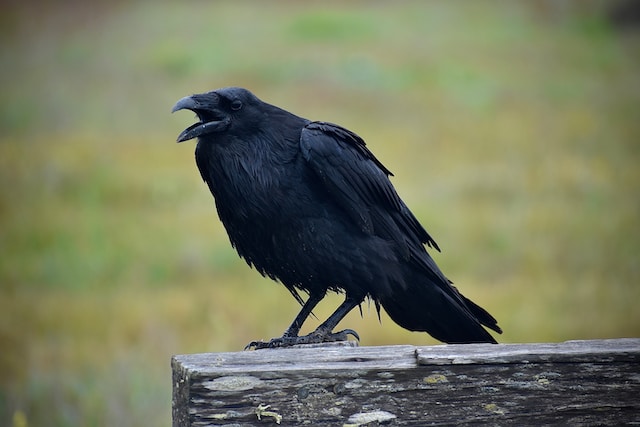
I finished off 2023 at my favorite writing retreat: a trip back home. I returned to my hometown of Peoria, IL, where I was born and raised. It’s where my first creative endeavors were encouraged and nourished. Even though I have no desire to live in central Illinois again, it is an excellent place to […]
Excuse Me, is This Chair Taken?
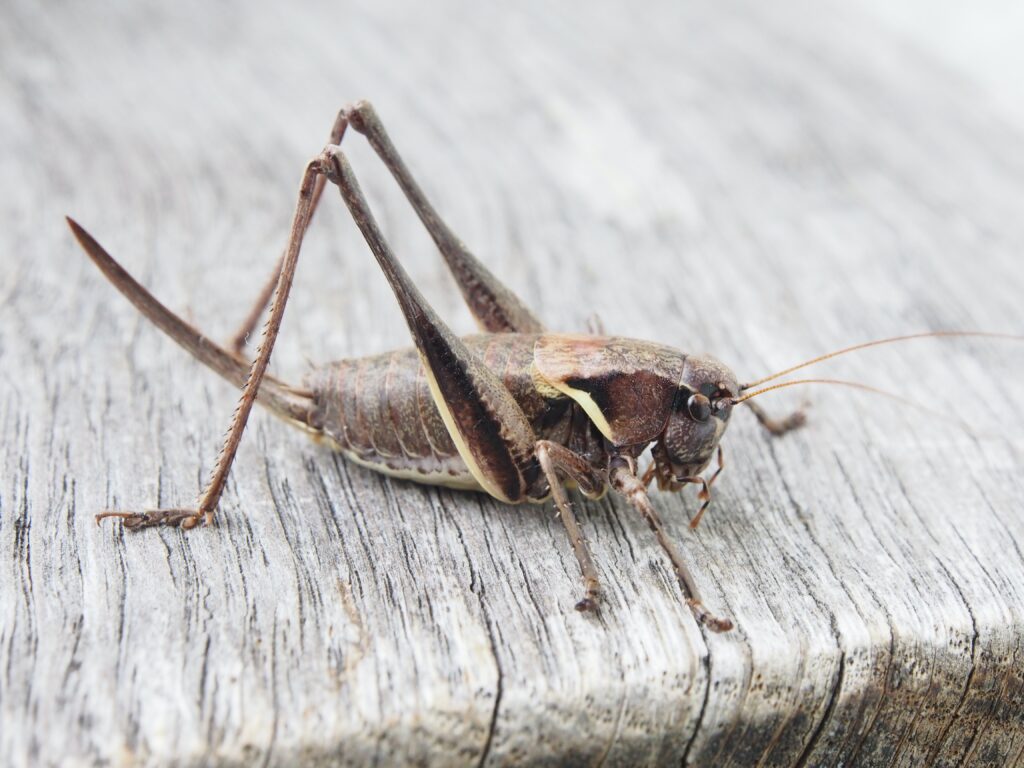
I was outside recently and went to sit down in a cushioned chair as I often do, but this morning, I found the chair occupied! You’ll never guess who took it. The surprisingly large insect, nearly 3 inches long, showed no interest in vacating the seat for me, so I thought we should get better […]
Revenge of the Crows!
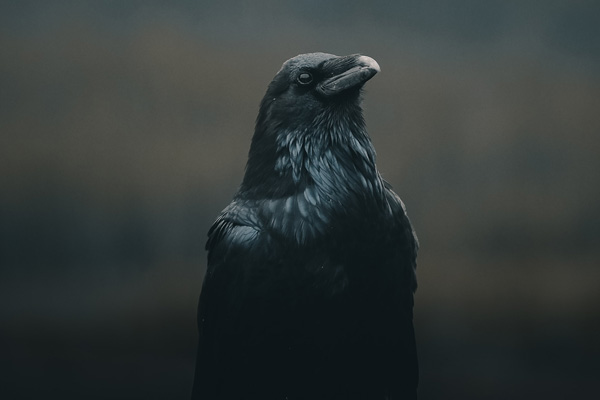
I’ve always liked crows and ravens. They’re very intelligent and dedicated to their families. They also don’t mind interacting with people. I’ve read about crows and ravens bringing gifts to their people in exchange for tasty tidbits. Crows have their own culture. Celebrity crows, like those kept at the Tower of London, have their own […]
Morton Salt, Campbells, and Flamingos in the Bahamas.

Recently, while in Chicago I happened to see the iconic Morton Salt sign. It’s so huge you can’t miss it. While it’s called a sign, in actuality it’s a roof on the old Morton Salt factory on Elston Avenue. As a child, this sign always reminded me of the Morton Salt Girl and the drawing […]
Sharing the Morning Routine
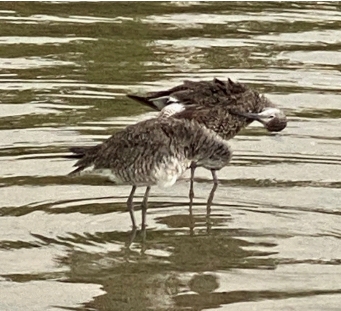
As I watched the birds on the beach at sunrise on a recent trip, I noticed their actions reminded me of my own morning routine. Perhaps yours is similar. Do you start with a wash? This sandpiper decided not to dip under the water for its wash. No, instead he or she was sucking up […]
An Unusual Visitor Stopped By
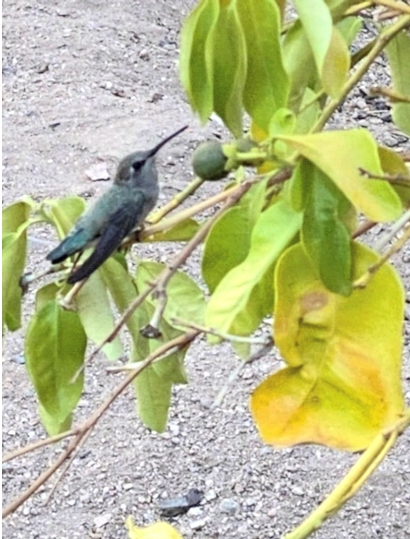
The Sonoran Desert is home to many species of hummingbirds. The first things I installed in my yard when I moved in were hummingbird feeders. Whenever a hummer would stop for a drink, I’d pull out my bird book to identify it. I’ve had quite a few species stop by over the years. Some were […]
Who Was Observing Whom?

I was exercising my young horse when he suddenly turned away from me to look at something outside the ring. I discovered my horse enjoys birdwatching as much as I do. However, as horse and human watched this Greater Roadrunner, Geococcyx californianus, pass by, I noticed that it seemed to be studying us as much […]
Birds Do It, But Wow!
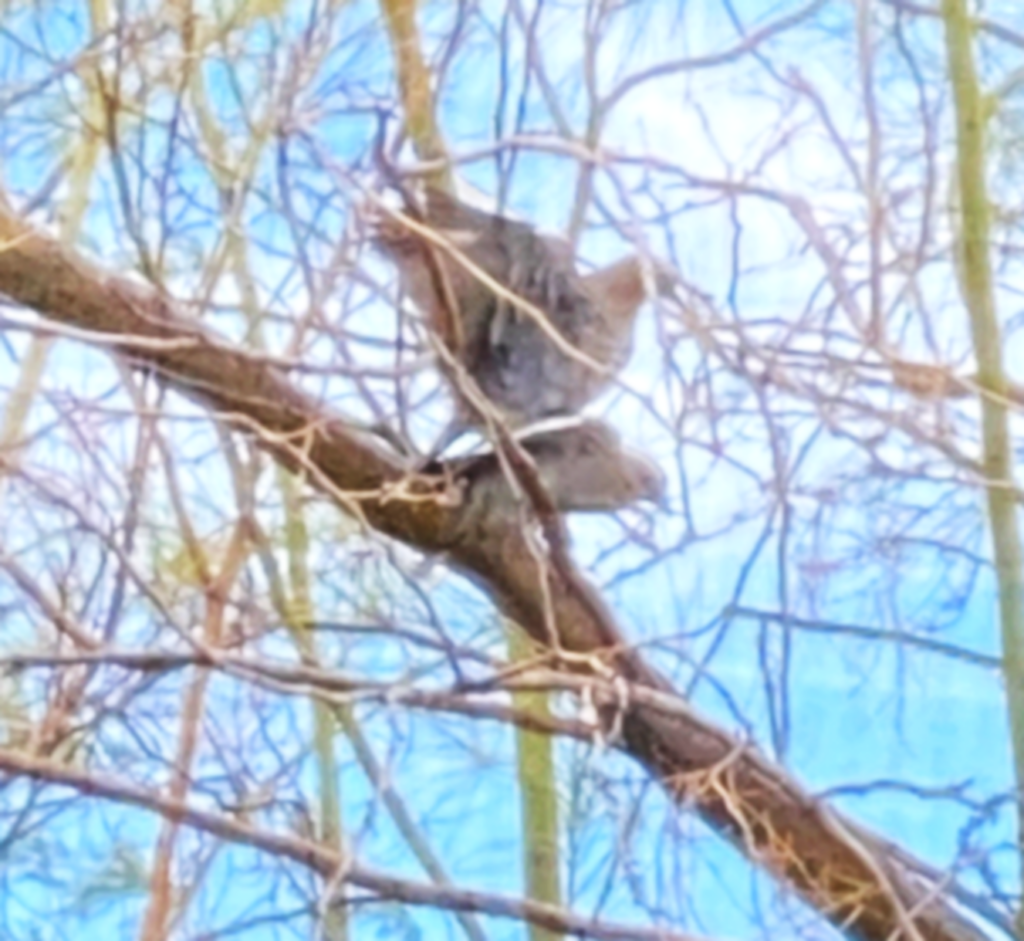
In the Spring, avian hearts turn to thoughts of love, or at least, to mating. Songs have been written about it. Cole Porter croons, “Birds do it, bees do it.” But have you ever thought about how birds “do it?” Recently, I realized that a couple of white-winged doves, Zenaida asiatica, were getting together on […]
Having Fun With The Mysterious Massachusetts Potatoes
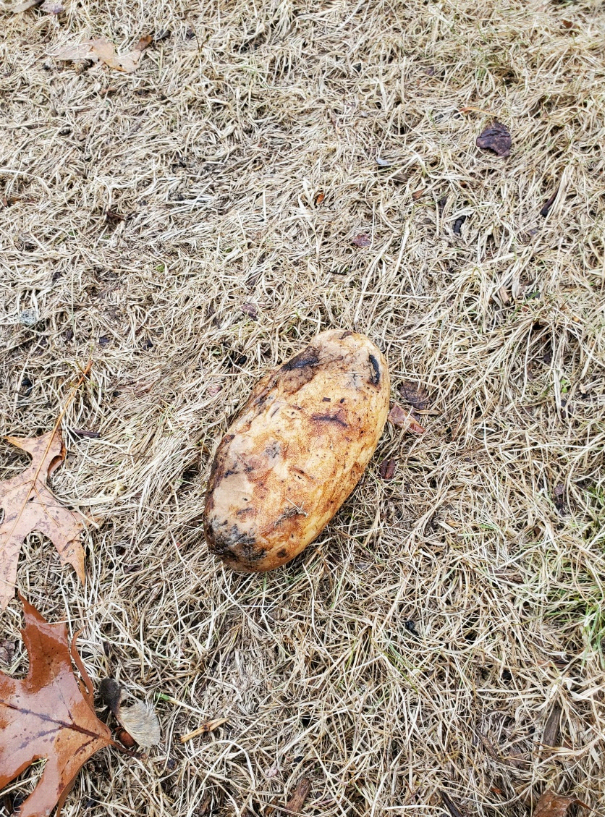
With all the bad news today, unusual stories bring us a lot of entertainment, probably more than they should. They also provide opportunities for puns, as you will read in this tale about the baked potatoes found at the Wayland Free Public Library in Massachusetts. The first cooked russet potato appeared on a Monday with […]
Nature is the Best Holiday Decorator
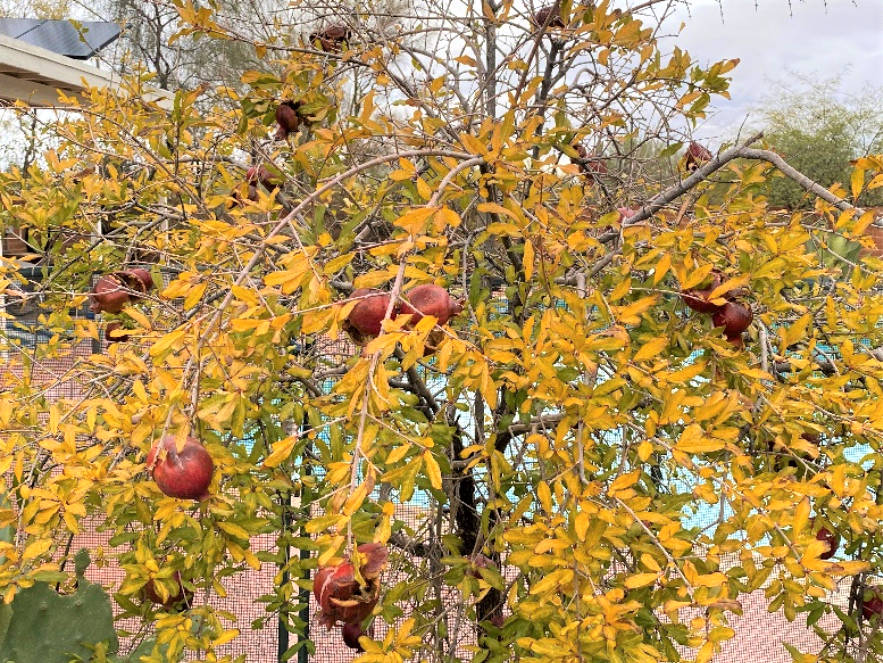
I usually travel during the December holidays, so I don’t do much holiday decorating. A garland and a lighted ball is sufficient for me. This year, due to the pandemic, I’m staying home and I’ve been trying to decide if and how I’ll decorate. I don’t really need decorations to feel the holiday spirit. This […]
November 20th is National Absurdity Day
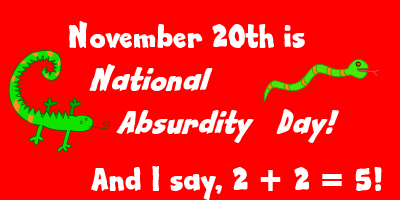
On November 20th, absurdity is celebrated by being whacky, for example. It strikes me as absurd that on November 19th, we celebrate carbonated beverages with caffeine day. One day later we can expand and include other absurdities. Some might think it is absurd to write a book. Some days, writers think so, too! Or go […]
The Lost Pomegranate Crop or Was It Really Lost?
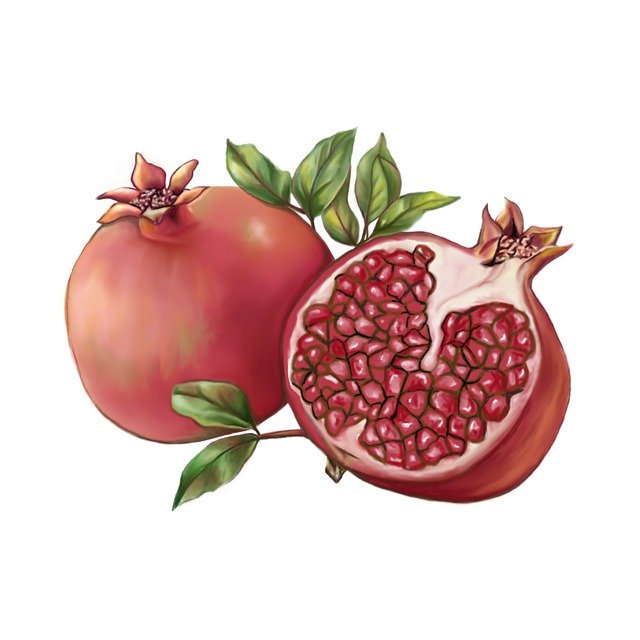
I love pomegranates. I have fond childhood memories of my family sitting around the table, each of us carefully peeling the tough husk off and eating the luscious seeds one at a time. We were careful to wear clothing that could be stained with the permanently dyeing juice. Brought to the Sonoran Desert by Spanish […]
I’m Curtis Curly-tail and Have I Got a Roadrunner Video for You! (Meep-Meep)

“Hello to all! I’m Curtis Curly-tail and I am here to tell you about my latest YouTube video, which focuses on Roadrunners in Southern Arizona. Did you know when these large birds leave tracks behind, you can’t tell what direction they came from or where they went? I wish I could do that! And roadrunners […]
“What’s a Nurse Tree?” you ask.
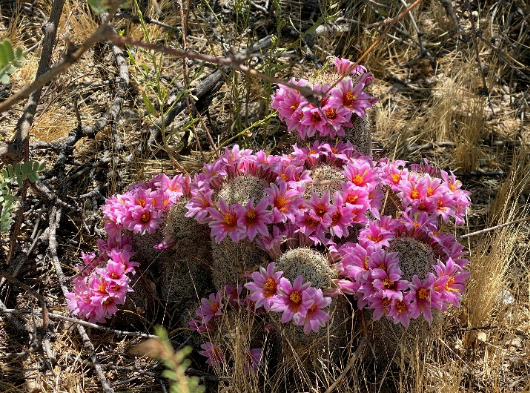
In the heat of the Sonoran Desert, many cacti use the shade of trees to help them survive. They also help in the cold winters. These are nurse trees. Underneath a mesquite in my yard, I found this thriving Graham’s Nipple or Arizona Fishhook Cactus. The scientific name is Mammillaria grahamii. I wouldn’t have noticed […]
Sharing the Shores with the Sanderlings
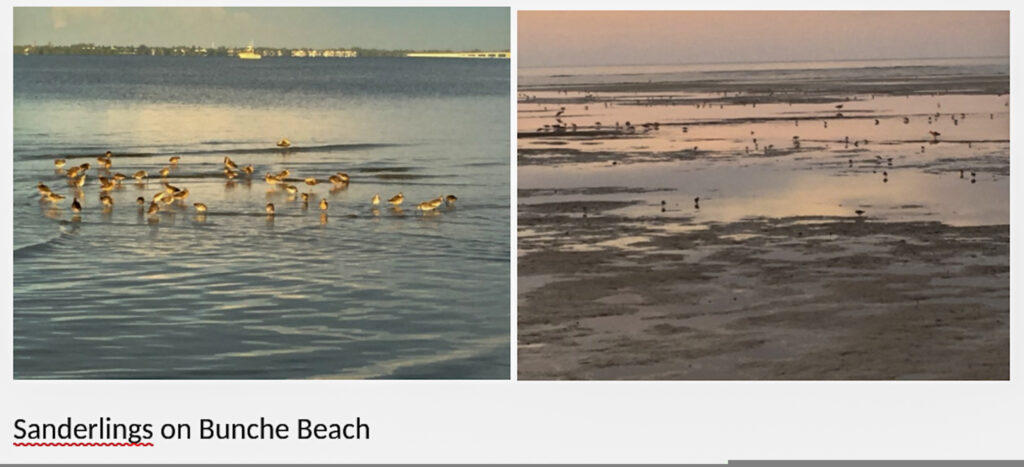
To help with our staying-at-home, many nature organizations have been showing photos and videos of interesting plants and animals. The American Bird Conservancy featured Sanderlings, Calidris alba, in one of these offerings. Some of my fondest memories include Sanderlings that I watched and strolled among on Bunche Beach and Sanibel Island in Florida. My parents […]
There’s Cuckoo Birds Everywhere! By Curtis Curly-tail
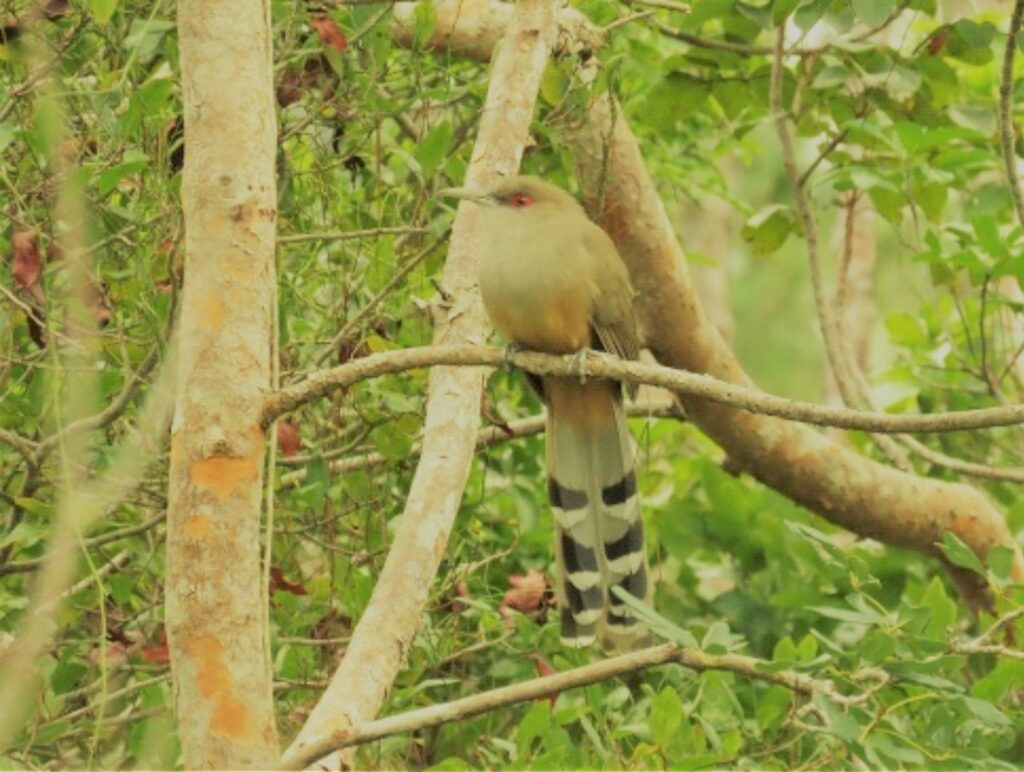
My friend Elaine lives in the Sonoran Desert in Southern Arizona in the US, while I live on Warderick Wells Cay in the Bahamas. Even though we’re over two thousand miles apart, we share a family of birds. I like to have an occasional adventure and when I was visiting the Leon Levy Preserve on […]
